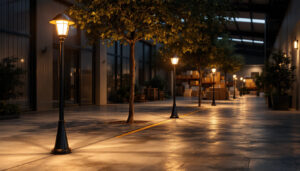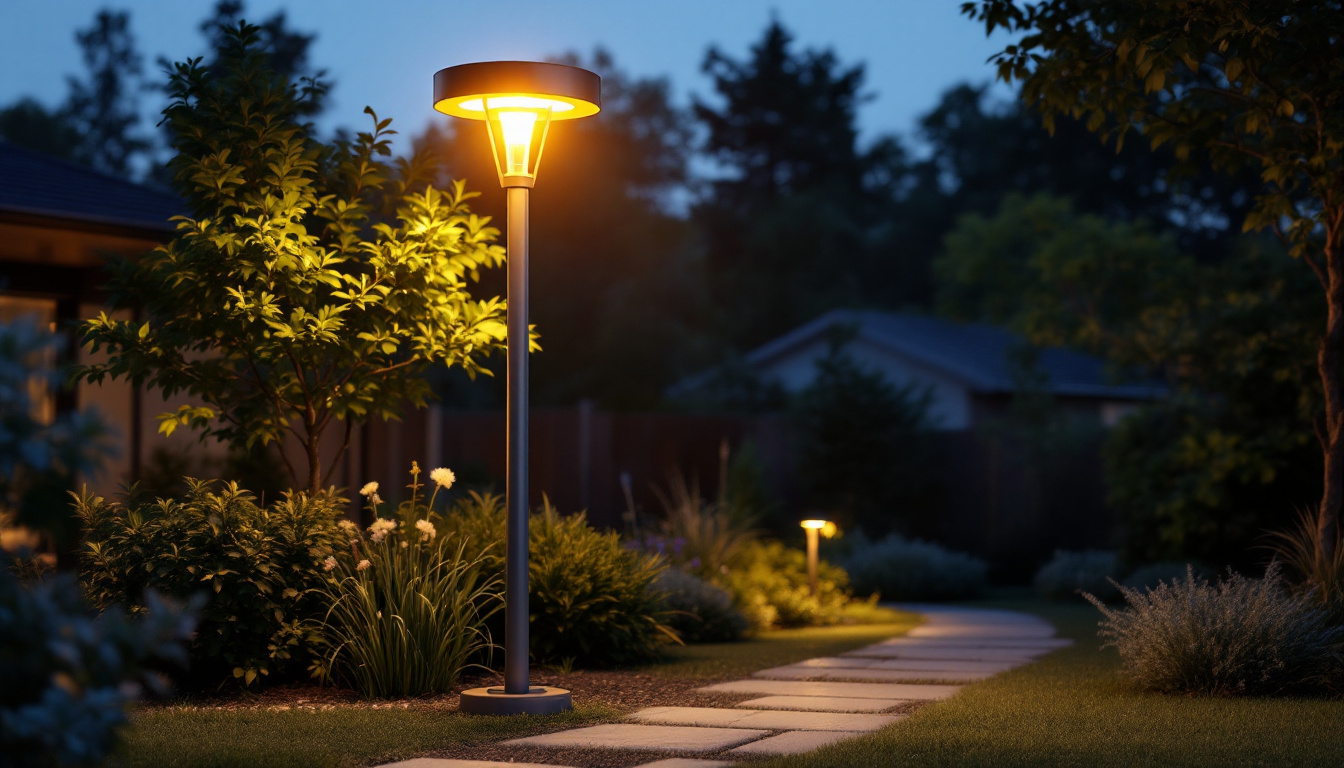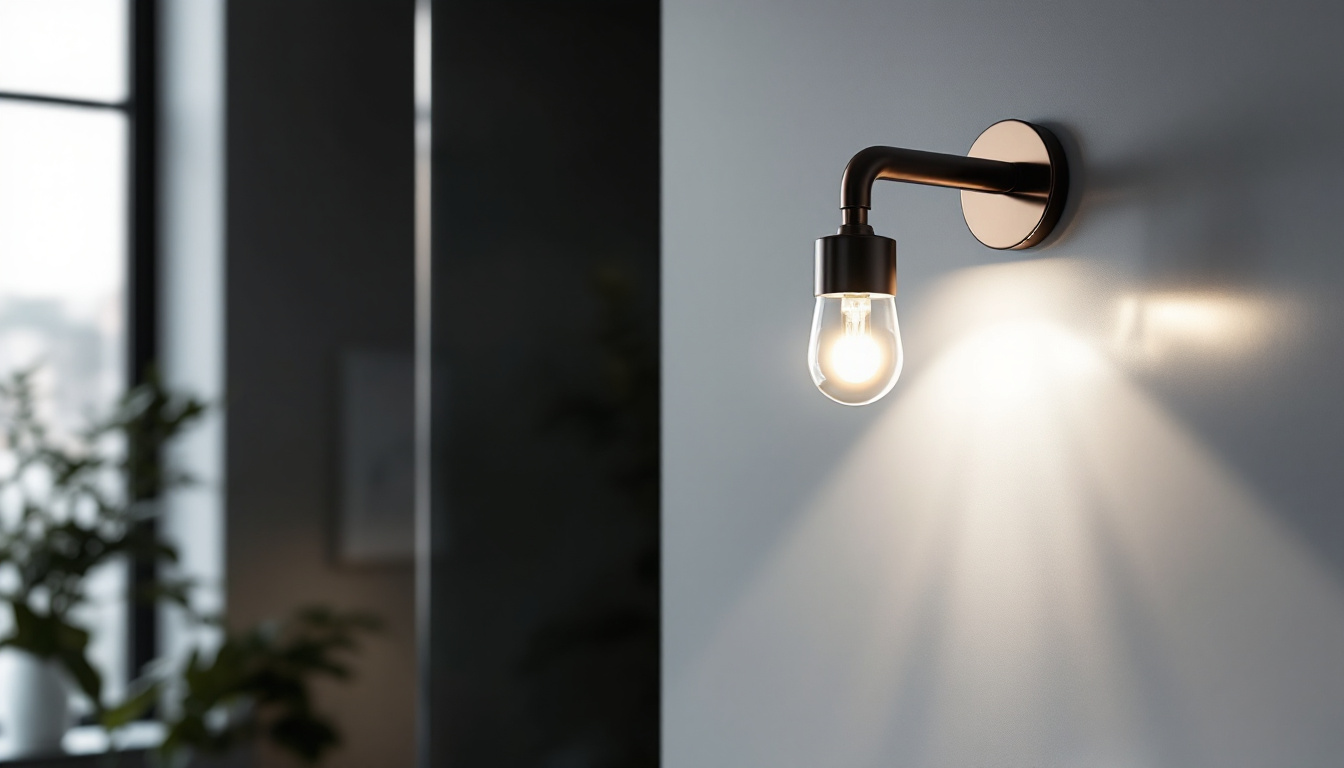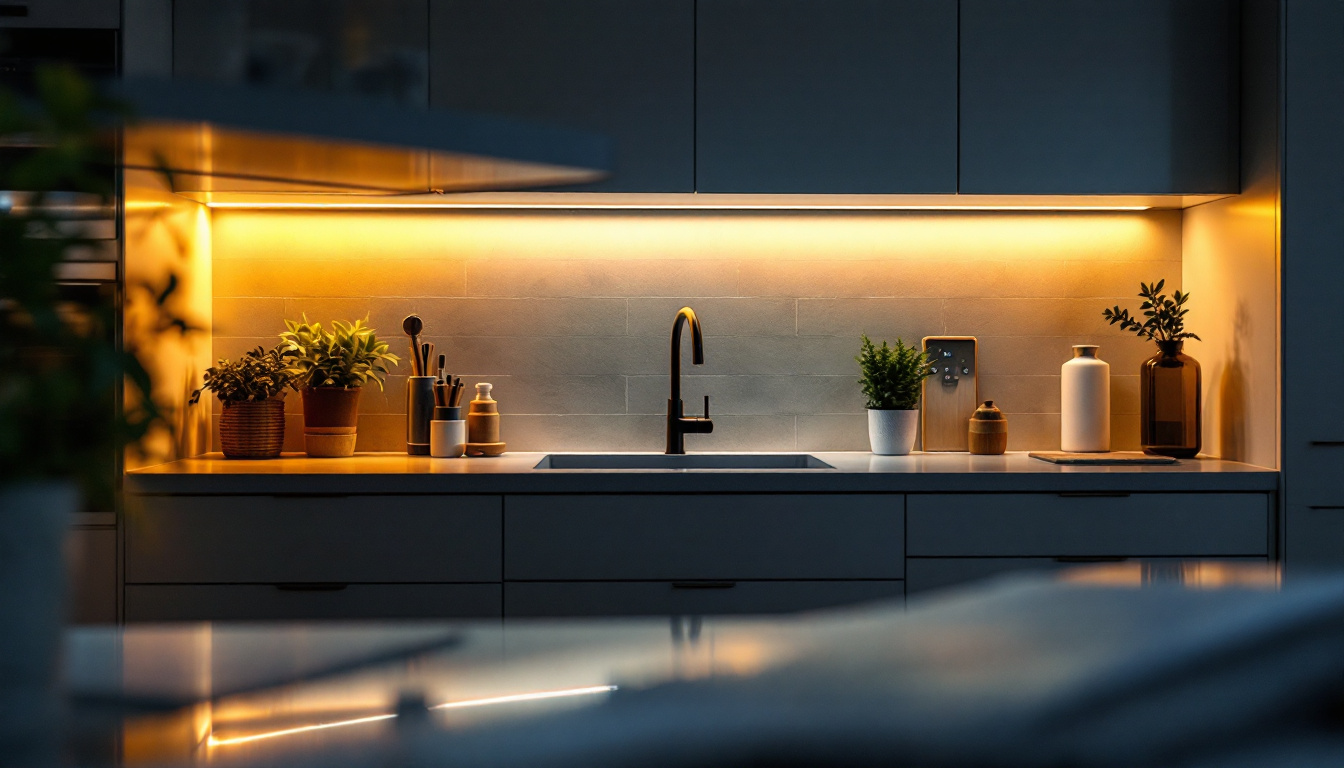

In the quest for sustainable living and energy efficiency, outdoor lighting plays a pivotal role. The installation of light poles in yards not only enhances security and aesthetics but also significantly impacts energy consumption. This article delves into the various aspects of light poles, focusing on their influence on energy efficiency, the types available, and best practices for installation and maintenance.
Light poles serve as essential components in outdoor lighting systems, providing illumination for yards, pathways, and public spaces. Their design and technology can greatly affect energy consumption. Understanding how these poles contribute to energy efficiency is crucial for lighting contractors aiming to optimize their projects.
The type of illumination technology used in light poles directly influences energy efficiency. Traditional incandescent bulbs consume a significant amount of energy and have a shorter lifespan compared to modern alternatives. In contrast, LED (Light Emitting Diode) technology has revolutionized outdoor lighting. LEDs are not only more energy-efficient, consuming up to 80% less energy than incandescent bulbs, but they also have a longer operational life, which reduces the frequency of replacements.
Moreover, advancements in smart lighting technology allow for features such as motion sensors and dimming capabilities. These innovations enable lights to operate only when needed, further conserving energy and reducing costs. For contractors, recommending LED light poles equipped with smart technology can enhance the overall energy efficiency of a project. The integration of smart city infrastructure also allows for remote monitoring and control, enabling municipalities to adjust lighting based on real-time conditions, thereby maximizing efficiency and responsiveness.
The placement and design of light poles also play a critical role in energy efficiency. Proper positioning ensures optimal light distribution, reducing the need for excessive lighting. For instance, strategically placing poles to avoid light pollution and overlapping coverage can minimize energy waste.
Additionally, the height and design of the light poles should be considered. Taller poles may provide broader coverage, but they can also lead to increased energy consumption if not designed properly. A well-planned layout that considers the specific needs of the area can lead to significant energy savings. Furthermore, incorporating features such as reflective surfaces or shields can enhance the effectiveness of the lighting while minimizing glare and light spillage, which not only conserves energy but also improves the overall aesthetic of the environment. By utilizing advanced modeling techniques, contractors can simulate light distribution patterns and optimize pole placement before installation, ensuring that every watt of energy is used efficiently and effectively.
Understanding the various types of light poles available can help contractors make informed decisions that align with energy efficiency goals. Each type has its unique benefits and applications, making it essential to choose wisely based on the project requirements.
Traditional metal poles, often made from steel or aluminum, have been a staple in outdoor lighting for years. They are durable and can withstand harsh weather conditions, making them suitable for various environments. However, their energy efficiency largely depends on the type of lighting fixtures used.
While these poles can support a range of bulbs, integrating energy-efficient lighting options, such as LEDs, can significantly enhance their performance. Contractors should consider the long-term savings associated with reduced energy consumption when selecting traditional metal poles for projects. Additionally, the longevity of metal poles can be increased through proper maintenance, such as regular inspections and protective coatings, which can help prevent rust and degradation over time. This proactive approach not only extends the life of the poles but also ensures that the lighting remains effective and reliable throughout its lifespan.
Fiberglass poles are gaining popularity due to their lightweight nature and resistance to corrosion. They are particularly advantageous in coastal areas where saltwater can deteriorate metal structures. Fiberglass poles can also be designed to accommodate energy-efficient lighting solutions, making them a viable option for energy-conscious projects.
Moreover, fiberglass poles can be manufactured in various colors and designs, allowing for greater aesthetic flexibility. This versatility can be appealing for residential projects where visual appeal is a priority. Furthermore, the non-conductive properties of fiberglass make these poles safer in environments prone to lightning strikes, as they do not carry electrical currents. This safety feature, combined with their customizable designs, makes fiberglass poles an attractive choice for parks, pathways, and other public spaces where both functionality and aesthetics are important considerations.
Solar light poles represent a significant advancement in energy-efficient outdoor lighting. These poles harness solar energy through integrated solar panels, eliminating the need for traditional power sources. This not only reduces energy costs but also minimizes the carbon footprint associated with lighting installations.
Solar light poles are particularly beneficial in areas where extending electrical infrastructure is challenging or costly. They provide a sustainable lighting solution that aligns with modern energy efficiency standards. However, contractors should assess the specific location and sunlight availability to ensure optimal performance. Additionally, advancements in solar technology have led to improved battery storage systems, allowing these poles to store energy for use during cloudy days or nighttime. This innovation enhances reliability, ensuring that public spaces remain well-lit even in less-than-ideal weather conditions, thus promoting safety and accessibility for all users. The integration of smart technology in solar light poles also allows for features such as motion sensors and remote monitoring, further enhancing their functionality and energy efficiency.
Proper installation of light poles is crucial for maximizing energy efficiency and ensuring longevity. Following best practices can help contractors achieve optimal results while minimizing potential issues.
Before installation, conducting a thorough site assessment is essential. This evaluation should consider factors such as existing lighting, landscape features, and the intended use of the area. Understanding these elements allows for informed decisions regarding pole placement and lighting design.
A site assessment can also reveal potential challenges, such as nearby structures that may obstruct light distribution. By addressing these issues early in the planning process, contractors can avoid costly adjustments later on. Additionally, evaluating the soil type and drainage patterns can inform decisions about the foundation of the poles, ensuring stability and reducing the risk of leaning or toppled structures due to weather conditions. This comprehensive approach not only enhances the effectiveness of the lighting but also contributes to the safety and aesthetic appeal of the area.
When installing light poles, electrical considerations are paramount. Ensuring that the electrical supply is adequate for the chosen lighting technology is critical. For instance, LED fixtures may require specific voltage and current levels, which should be verified before installation.
Additionally, incorporating energy-efficient transformers and wiring can further enhance the system’s overall efficiency. Contractors should prioritize using high-quality materials to reduce energy loss and improve the longevity of the installation. It is also advisable to consider the integration of smart lighting controls, which can adjust brightness levels based on ambient light conditions or occupancy. This not only conserves energy but also extends the lifespan of the lighting fixtures by reducing unnecessary wear. Furthermore, planning for future upgrades in electrical infrastructure can save time and resources, ensuring that the installation remains adaptable to evolving technology.
Maintenance is a key factor in sustaining energy efficiency over time. Regular inspections of light poles and fixtures can identify issues such as burnt-out bulbs or damaged wiring. Addressing these problems promptly can prevent further energy waste and ensure consistent lighting performance.
Moreover, cleaning the fixtures and solar panels (if applicable) is essential to maintain optimal energy absorption and light output. Establishing a maintenance schedule can help contractors manage these tasks effectively, ensuring that the lighting system operates at peak efficiency. In addition to routine checks, it may be beneficial to implement a monitoring system that tracks energy consumption and performance metrics. This data can provide valuable insights into the system’s efficiency and highlight areas for improvement. By fostering a proactive maintenance culture, contractors can not only enhance the reliability of the lighting system but also contribute to long-term cost savings for clients.
Investing in energy-efficient light poles can have significant economic benefits for both contractors and property owners. While the initial investment may be higher for advanced technologies, the long-term savings associated with reduced energy consumption and maintenance costs can outweigh these expenses.
One of the most compelling reasons to advocate for energy-efficient light poles is the potential for cost savings. LED fixtures, for example, consume less energy and have longer lifespans than traditional bulbs. This translates to lower electricity bills and reduced frequency of replacements, ultimately saving money over time.
Furthermore, many municipalities and utility companies offer incentives for adopting energy-efficient technologies. Contractors can leverage these incentives to make projects more attractive to clients, enhancing their overall value proposition.
Energy-efficient lighting solutions can also enhance property value. Homebuyers and tenants increasingly prioritize sustainability and energy efficiency in their purchasing decisions. By installing modern light poles that reduce energy consumption, property owners can differentiate their properties in a competitive market.
Moreover, well-lit outdoor spaces contribute to safety and security, further increasing the appeal of residential and commercial properties. Contractors can emphasize these benefits to clients, showcasing the added value of energy-efficient lighting solutions.
Light poles are more than just functional structures; they play a critical role in promoting energy efficiency in outdoor lighting systems. By understanding the various types of light poles, their impact on energy consumption, and best practices for installation and maintenance, lighting contractors can make informed decisions that benefit both clients and the environment.
As the demand for sustainable solutions continues to grow, embracing energy-efficient lighting technologies will not only enhance project outcomes but also contribute to a greener future. By prioritizing energy efficiency in lighting design, contractors can lead the way in creating safer, more sustainable outdoor environments.
Ready to elevate your lighting projects with energy-efficient solutions that don’t compromise on quality or cost? Look no further than LumenWholesale. Our extensive selection of spec-grade lighting products is designed to meet the highest industry standards, ensuring you deliver reliable, high-performance lighting for every outdoor space. With unbeatable wholesale prices and the convenience of free shipping on bulk orders, LumenWholesale is your go-to source for premium lighting at the best value. Explore our collection and start transforming your lighting projects today.

Discover how the right bath light fixture can transform your space and boost lighting project efficiency.

Discover the essential checklist for lighting contractors to ensure flawless can lighting installations.

Explore the pros and cons of solar moving lights versus traditional alternatives in this insightful guide for lighting contractors.

Discover essential tips for lighting contractors to seamlessly install under cabinet LED lighting.
Get notified when NEW deals are released.
Optimize your budget with wholesale discounts.
Only top-quality, specification-grade lighting products.
No additional costs at checkout - what you see is what you pay.
We understand the unique needs of contractors.